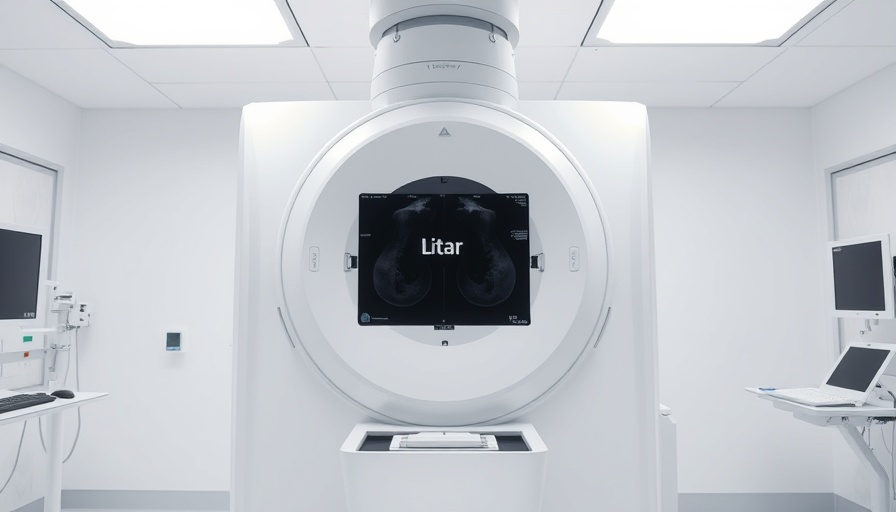
Understanding Mammograms: A Key to Early Cancer Detection
October marks Breast Cancer Awareness Month, a vital time for educating the public about breast cancer and the significance of early detection. Mammograms, specialized X-ray exams of the breast, are essential in this process. They can detect changes in breast tissue long before any physical symptoms appear, making them a cornerstone of breast cancer screening. Current recommendations suggest that women at average risk should start receiving annual mammograms at age 40 to catch cancers that are more treatable if identified early.
What to Expect During a Mammogram
The mammogram process is straightforward. A trained technologist positions the breast between two plates to flatten it for imaging. This technique may cause some discomfort, but is quick and typically manageable. It's vital to note that results are not immediate; a radiologist analyzes the images for any concerning signs. Depending on breast density and personal history, additional tests could be needed, emphasizing the importance of discussing individual risks with healthcare providers.
The Role of 3D Mammograms in Modern Screening
In the realm of breast cancer screening, 3D mammography is an advanced method gaining traction. This innovative technique offers a more detailed view of breast tissue by capturing images from various angles and reconstructing them into a comprehensive 3D representation. Research shows that 3D mammograms can detect specific cancers earlier, especially in women with dense breast tissue, thereby reducing false positives. This technology has revolutionized early detection and provided women with more tailored screening options.
Preparing for Your Mammogram
Preparation is key to a smooth mammogram experience. Patients should schedule their appointments away from their menstrual cycles to reduce discomfort, disclose any medical history pertinent to breast health, and abstain from using deodorants or lotions on the day of the exam. Simple preparatory steps can significantly enhance the experience and the quality of the results.
The Importance of Regular Screening
Screening guidelines can sometimes be overwhelming, but staying informed about them is crucial. Women should engage in discussions with their doctors regarding individual risk factors for breast cancer, especially if there is a family history that heightens risks. Overall, regular mammograms can lead to earlier diagnoses, which are crucial for effective treatment and better outcomes.
Mammograms are an essential tool in the fight against breast cancer, offering life-saving benefits through early detection. Understanding the process and embracing regular screenings can improve a woman's chances of successful treatment greatly. Don’t put off your health—speak to a healthcare provider about scheduling your mammogram today!
 Add Row
Add Row  Add
Add 




Write A Comment